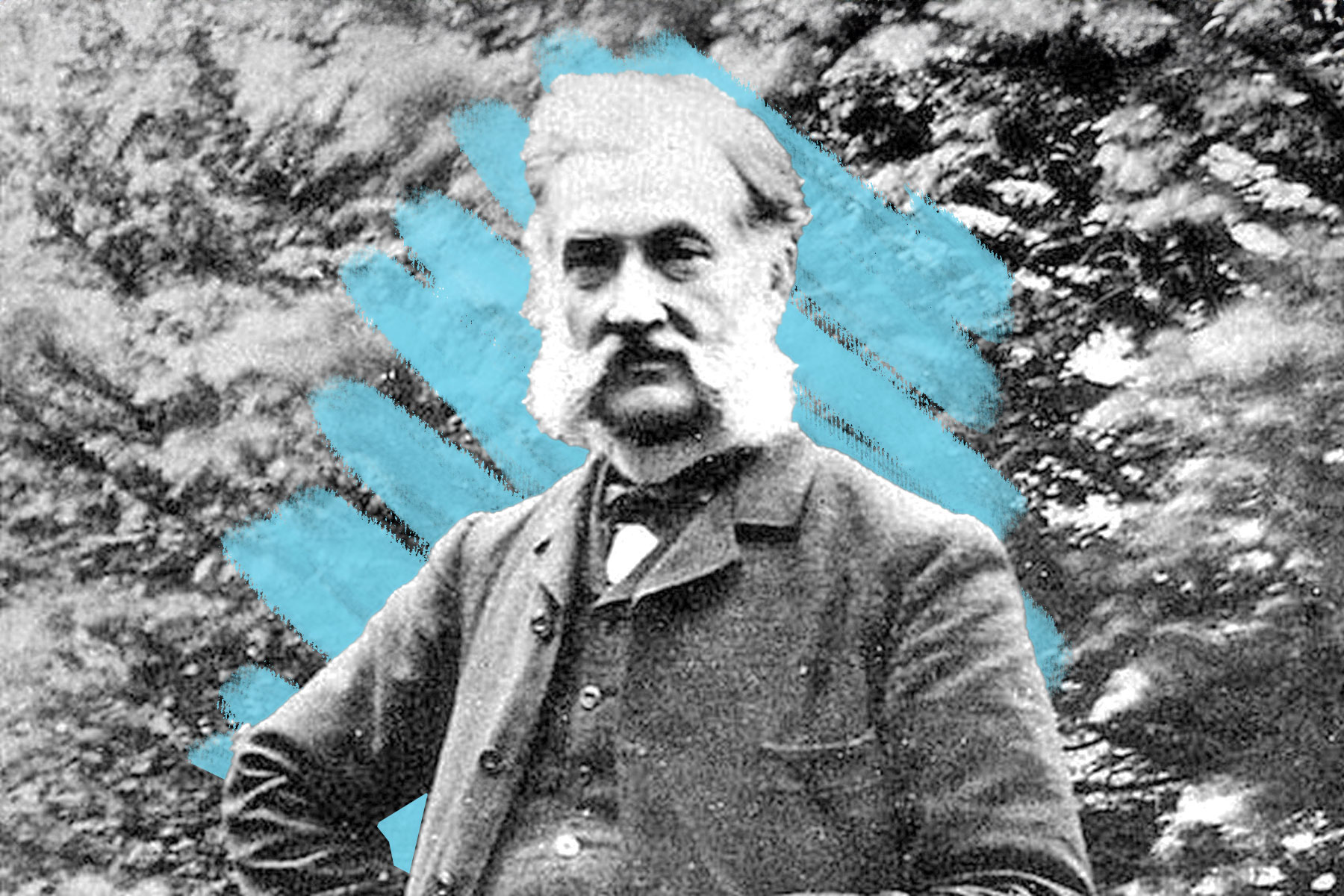The world's oldest film
Thursday, March 7, 2024
Although Thomas Edison is often credited as the "father of motion pictures," he wasn't the first inventor to make a movie. |
| |
| |
|
 |
|
| A lthough Thomas Edison is often credited as the "father of motion pictures," he wasn't the first inventor to make a movie. In 1888, a French photographer named Louis Le Prince made his mark on cinema with a two-second, 24-frame celluloid film titled Roundhay Garden Scene, widely believed to be the oldest film in existence. This debut predated more well-known works such as Edison's Monkeyshines (1889) and Workers Leaving the Lumière Factory (1895) by the Lumière brothers. |
|
|
| In the late 19th century, Le Prince and dozens of other inventors were in a race to create and project moving pictures. Inventions such as the Phenakistoscope (Joseph Plateau, 1833) and the Zoopraxiscope (Eadweard Muybridge, 1879) were able to simulate movement, but they relied on images created with multiple cameras. In 1888, Le Prince patented his Single-lens Cine Camera, the first device to record and reproduce pure motion — arguably the first movie camera. In October that year, he used the groundbreaking device to shoot Roundhay Garden Scene in Leeds, England, where he had relocated with his family. The cast wasn't brought on for its acting chops: It included Le Prince's son (quite possibly cinema's first nepo baby), parents-in-law, and a friend. The resulting film could be called one of the earliest examples of slow cinema: Four people walk in circles in front of a camera for 2.11 seconds. |
|
| Sadly, before he could demonstrate his inventions to the public, Le Prince disappeared on September 16, 1890, after boarding a train in Dijon, France. He was never seen again, but his pioneering inventions give a glimpse of what else he could have accomplished. According to British filmmaker David Wilkinson, "He would have done what Edison and then the Lumieres did, but before them. He would have been known." |
|
| Continue Reading |
|
|
 |
|
By the Numbers |
|
| Patents for cameras and projectors held by Louis Le Prince | | | 5 |
| | | Seats in Vitascope Hall, the world's first movie theater | | | 400 |
| | | Seats in Vitascope Hall, the world's first movie theater | | | 400 |
|
|
|
| Silent feature films released in the U.S. before 1930 | | | 10,919 |
| | | Box-office gross of Charlie Chaplin's 1925 silent film The Gold Rush | | | $4,250,000 |
| | | Box-office gross of Charlie Chaplin's 1925 silent film The Gold Rush | | | $4,250,000 |
|
|
|
 |
|
 | | Did you know? |
|
|
Le Prince's wife believed Thomas Edison kidnapped her husband. |
|
| Elizabeth "Lizzie" Whitley, Louis Le Prince's wife, was convinced that Thomas Edison had kidnapped and possibly even murdered her husband in order to claim credit for Le Prince's inventions. Edison filed a patent caveat for his Kinetoscope — which seemed to be a version of the movie camera invented by Le Prince — a few weeks after Le Prince's disappearance, which increased her suspicions. Even though Le Prince's son Adolphe later proved his father invented the motion picture camera, Edison is the one who became a household name, while Le Prince's filmmaking contributions were largely lost to history. |
|


posted by June Lesley at 4:00 AM










![]()
![]()






0 Comments:
Post a Comment
<< Home